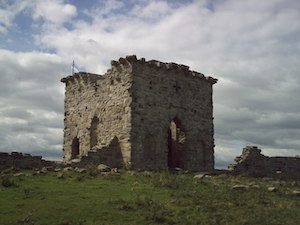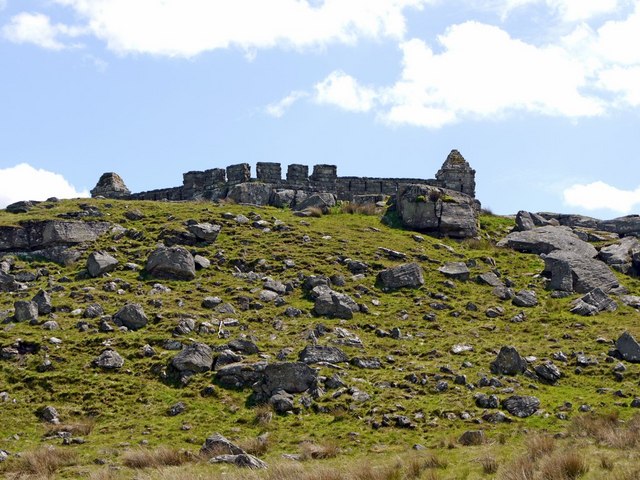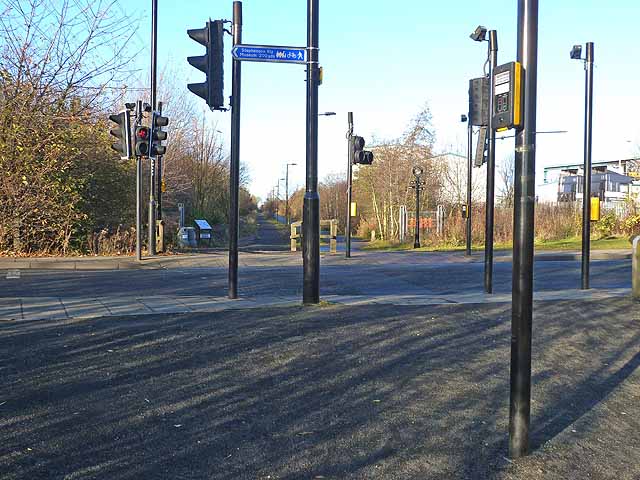Topics > People in History > Walter Blackett (1707 - 1777)
Walter Blackett (1707 - 1777)
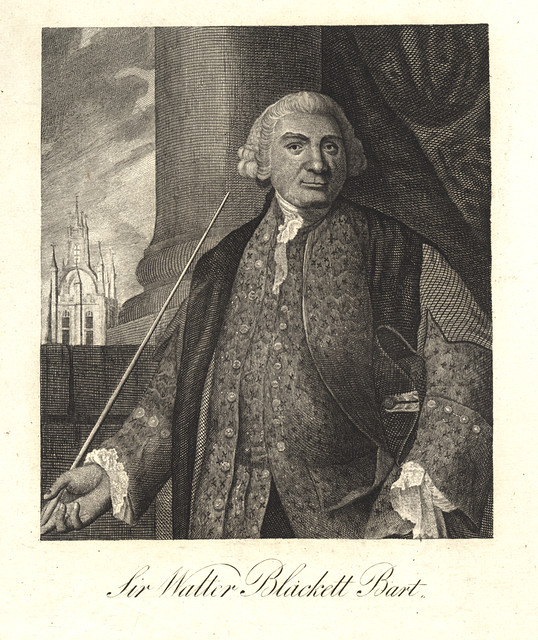 Sir Walter Calverley-Blackett was an aristocrat and politician who was a Member of Pariament for Newcastle, and 5 times Mayor of Newcastle. Nicknamed "King of Newcastle", he is also known for redeveloping the Wallington estate, including Rothley Lakes, and the follies of Rothley Castle and Codger Fort. He was born Walter Calverley on the 18th of December 1707, at Otley, the only son of Sir Walter Calverley, 1st Baronet. In 1728, he inherited the substantial estates of his uncle Sir William Blackett, 2nd Baronet, at Cambo and Allendale, on condition that he married Elizabeth Orde and adopted the name and coat of arms of Blackett. Sir Walter Calverley-Blackett died on the 14th February, 1777.
Sir Walter Calverley-Blackett was an aristocrat and politician who was a Member of Pariament for Newcastle, and 5 times Mayor of Newcastle. Nicknamed "King of Newcastle", he is also known for redeveloping the Wallington estate, including Rothley Lakes, and the follies of Rothley Castle and Codger Fort. He was born Walter Calverley on the 18th of December 1707, at Otley, the only son of Sir Walter Calverley, 1st Baronet. In 1728, he inherited the substantial estates of his uncle Sir William Blackett, 2nd Baronet, at Cambo and Allendale, on condition that he married Elizabeth Orde and adopted the name and coat of arms of Blackett. Sir Walter Calverley-Blackett died on the 14th February, 1777. Further details (biographical summary, 1895)....
Sir Walter Calverley-Blackett, 2nd Baronet (18 December 1707 – 14 February 1777) was a British baronet and politician who sat in the House of Commons from 1734 to 1777.
He was born Walter Calverley at Otley, the only son of Sir Walter Calverley, 1st Baronet, and Julia Blackett, daughter of Sir William Blackett (1657-1705), 1st Baronet. He entered Balliol College, Oxford, aged 16 on 28 February 1724. In 1728, he inherited the substantial estates of his uncle Sir William Blackett, 2nd Baronet, at Cambo and Allendale, Northumberland, on condition that he married Elizabeth Orde (his uncle's natural daughter) within twelve months and adopted the name and coat of arms of Blackett. The marriage took place on 29 September 1729 at Newcastle. His change of surname to Blackett was later confirmed by an Act of Parliament in 1733.
He was High Sheriff of Northumberland in 1731–32 and elected Tory Member of Parliament in the British House of Commons for Newcastle-upon-Tyne over seven parliaments from 1734 until his death. He was an Alderman of the City of Newcastle and Mayor five times, in 1735, 1748, 1756, 1764 and 1771.
He inherited Sir William Blackett's mansion at Pilgrim Street, Newcastle and in 1749 inherited his father's baronetcy and estates at Calverley and Esholt, Yorkshire, which he soon sold. He settled at Cambo, where he expended considerable sums on the improvement of Wallington Hall, remodelling in the then fashionable Palladian style to designs by architect Daniel Garrett. In 1755, he commissioned Garrett to build a folly in the style of a medieval castle (Rothley Castle) on the hillside above Wallington.
His wife died on 21 September 1759, and was buried 6 days later at St Nicholas's, Newcastle. His only daughter, Elizabeth, died young, and on his death in London aged 69 on 14 February 1777 the Calverley baronetcy became extinct. He was buried at Calverley. Under the will of Sir William Blackett his inherited estates passed on the death of Sir Walter to Sir Thomas Wentworth, the eldest surviving son of Sir Walter's aunt. Sir Walter's own estates, including Wallington, which he had purchased outright, passed to the Trevelyan family into which his sister Julia had married.
Visit the page: Walter Calverley-Blackett for references and further details. You can contribute to this article on Wikipedia.

from Flickr (flickr)
Image from page 330 of "Men of mark 'twixt Tyne and Tweed" (1895)
Pinned by Simon Cotterill
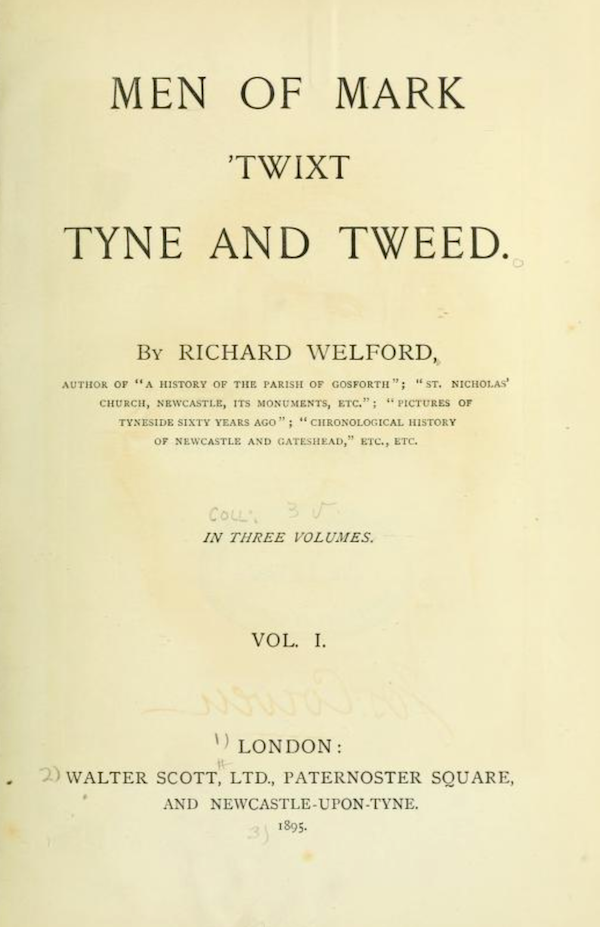
from https://archive.org/stream/me…
Men of mark 'twixt Tyne and Tweed by Richard Welford, 1895
- Digitised by the University of Toronto.
Added by
Simon Cotterill
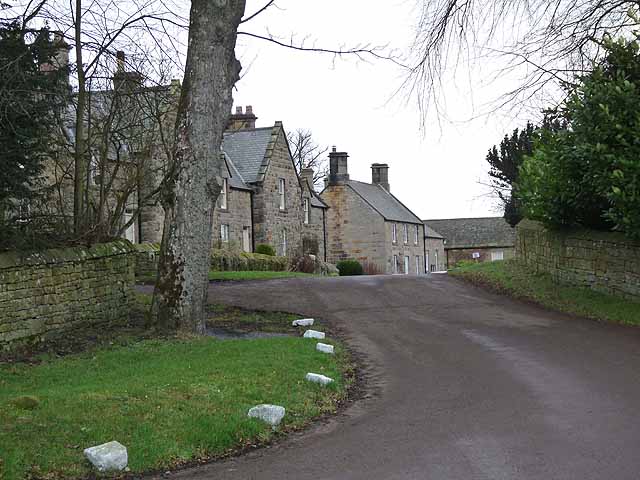
Co-Curate Page
Cambo
- Overview About Cambo Map Street View Cambo is a village in Northumberland located about 11 miles to the west of Morpeth. It is part of Wallington Estate, maintained by the …

from Newcastle libraries (flickr)
001954:Sir Walter Blackett Bart. Unknown Undated
Pinned by Simon Cotterill
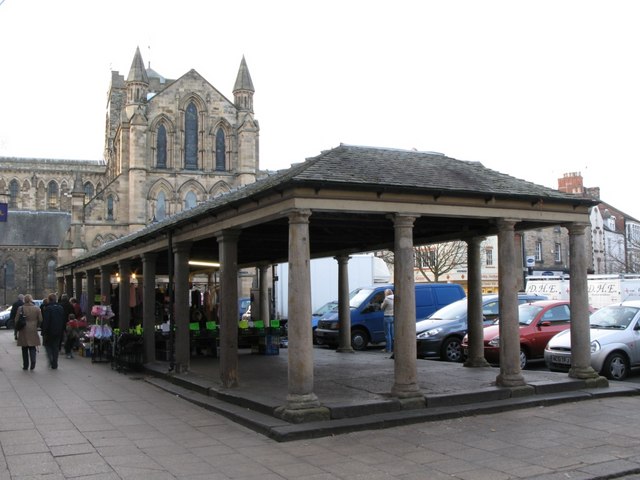
Co-Curate Page
The Shambles, Hexham
- Overview Map Street View The Shambles is a covered market in Hexham, built in 1766 at the expence of Sir Walter Blackett. Located in the Market Place, the Shambles are …


from Flickr (flickr)
Image from page 330 of "Men of mark 'twixt Tyne and Tweed" (1895)
Pinned by Simon Cotterill

from https://archive.org/stream/me…
Men of mark 'twixt Tyne and Tweed by Richard Welford, 1895
- Digitised by the University of Toronto.
Added by
Simon Cotterill

Co-Curate Page
Cambo
- Overview About Cambo Map Street View Cambo is a village in Northumberland located about 11 miles to the west of Morpeth. It is part of Wallington Estate, maintained by the …

from Newcastle libraries (flickr)
001954:Sir Walter Blackett Bart. Unknown Undated
Pinned by Simon Cotterill





